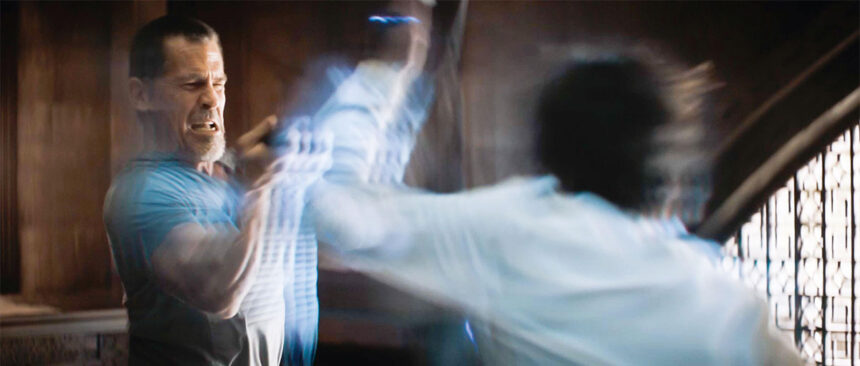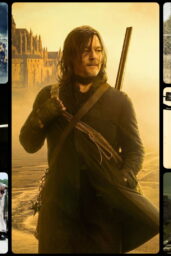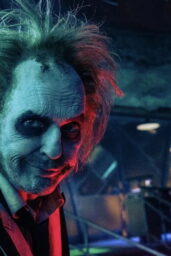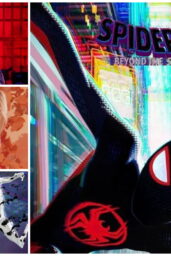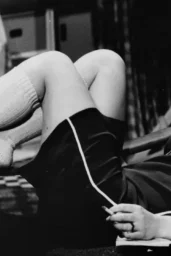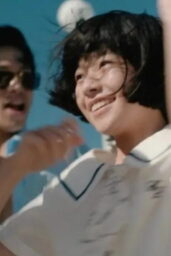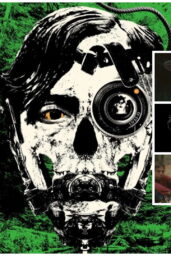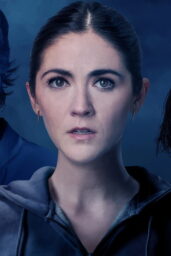Imagine a world where bullets are as useless as throwing a stone at a fortress wall. In the sprawling universe of “Dune,” Frank Herbert introduced a fascinating concept to keep the drama in the duels rather than the distance: the Holtzman shield. But how do these shields actually function, and what do they mean for the art of warfare and storytelling?
The Mechanics of Holtzman Shields:
Holtzman shields are named after their creator, the physicist Tio Holtzman, whose innovations stretched beyond mere protection. These shields are essentially force fields that envelop the wearer, allowing slow-moving objects to pass through while repelling high-speed projectiles like bullets. This dynamic creates a scenario where combat must be intimate, strategic, and, dare I say, theatrical.
- Functionality: The shield's selective permeability means that while you might not slip a knife through someone's shield in one swift motion, you could if you moved slowly enough. This mechanic is vividly shown in Denis Villeneuve's 2021 adaptation, where Paul Atreides practices this art with Gurney Halleck.
- Impact on Combat: With guns rendered nearly obsolete, the art of swordplay has made a dramatic comeback. This not only adds a layer of honor to the battles but also emphasizes the personal stakes involved in each encounter.
Cinematic Representation:
- David Lynch's 1984 Adaptation: Here, the shields were depicted with a sort of clunky CGI that, while novel for its time, didn't fully capture the elegance of this combat style.
- Denis Villeneuve's Take: Villeneuve's “Dune” uses more sophisticated visual effects to represent the shields, yet critics argue that the actual action sometimes feels less impactful or visually satisfying than one might hope. The slow-motion blade piercing seems to rob the sequences of some dynamism.
- Future Installments: “Dune: Part Two” appears to minimize the use of shields, perhaps learning from the first film's critiques to focus on raw, unshielded combat.
Cultural and Narrative Significance:
- Character Development: Shields aren't just technology; they're a narrative device. When Feyd-Rautha turns off his shield before a fight, it speaks volumes about his character, showcasing his confidence or perhaps his recklessness.
- Setting the Tone: In a universe where technology has advanced to such heights, the shields maintain a medieval, feudal atmosphere. This juxtaposition fascinates, blending the old with the new in a way that's both unique and engaging.
Comparison with Other Sci-Fi:
- Star Wars Influence: While “Star Wars” borrowed much from “Dune,” the shield concept was notably absent, perhaps due to the complexities of translating such a nuanced mechanic into compelling cinema.
Conclusion:
The Holtzman shield isn't just a plot device; it's a fundamental part of “Dune's” identity, ensuring combat remains a dance rather than a shootout. It's a testament to Herbert's vision that even after decades, this element continues to intrigue and challenge filmmakers to capture its essence on screen.
Personal Impressions:
I've always appreciated how “Dune” uses technology to serve its story, not just as gadgets. The shields add depth to the narrative and characters, making every fight scene an exploration of skill, timing, and intimacy. However, I feel Villeneuve's approach, while visually impressive, lost some of the raw intensity of the book's duels. It's a reminder that sometimes, less CGI might just mean more engagement.
Do you think the Holtzman shields could have been portrayed differently in “Dune” to enhance the combat scenes? What would you change if you were directing?

